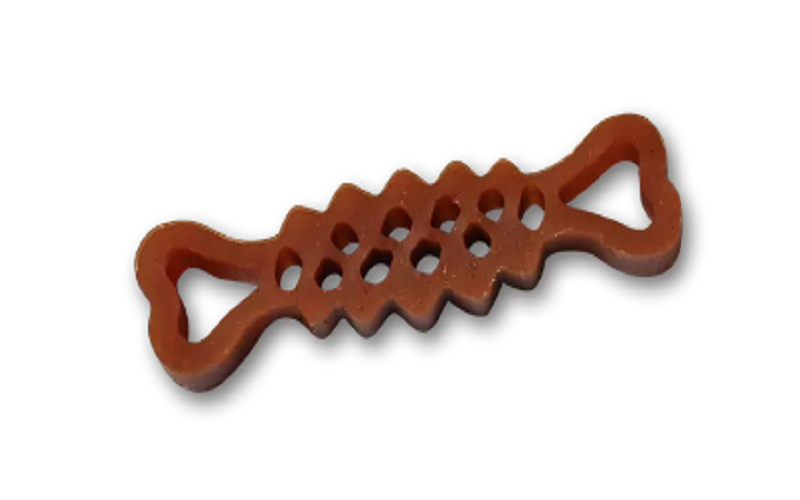Views: 45 Author: Site Editor Publish Time: 2023-04-17 Origin: Site









So, you've launched a dog treat or food startup and want to market them. But what is expected of such a venture? What rules or regulations should you be aware of? This is where this write-up comes in handy by covering everything you need to know about the requirements for selling pet chews & treats in the U.S.
Evidently, there are a handful of rules you should not only know but also adhere to. These include state and federal rules governing the production and sale of pet chews and treats. This knowledge is relevant whether you are selling pet treats or different food items at home or a commercial level, provided you're doing it in the U.S.
Here is what you need to know about these regulations:
The FDA rules for pet treats, and chews are identical to those for other animal feeds. Plus, there isn't a rule that makes it mandatory for pet foods to have pre-market sanctions by this regulatory body. On the other hand, the FFDCA Act requires pet foods to be safe for consumption, manufactured in a sanitary manner, have no dangerous contents, and be labeled honestly.
If you want to launch a pet food business, whether a small-scale or commercial business, consider perusing through the AAFCO's Publication.
So, if you are looking to sell pet chews and treats, here is what they should include:
As pointed out, you will find information on how pet food should be properly labeled in AAFCO's publication. While labels are often overlooked, they are vital as they include the ingredients of your product. This information is important as it helps customers understand what they purchase for their pets.
In this publication, you'll find the "Model Regulations" section offers more specific details to be included in the label, while the "Label Format & Labeling" section offers more general information to incorporate on the label.
To shed more light on this, here is what labels are expected to contain:
Address & name of the distributor
Feeding instructions, where applicable
A summary of nutritional suitability
An inclusive analysis
A list of the product’s ingredients
A proper product name
The quantity of food included in the container or package
The pet that this food is intended for
Referring back to the AAFCO publication, the product's name should properly depict what the product is. For instance, “sweet treats for your canine” is a bit misleading if the products do not contain any sweeteners or sugar.
The best way to name products is to give an appropriate name and then include the animal it's intended for. In this case, include "for dogs." It would be best to include this since images or vignettes might prove useless when indicating the specific animal.
Lastly, sell products like these dog treats and food that include the quantity of the product included in the package. This is commonly written as "net weight," which is normally included in the lower third of the package or container. This is also part of labeling and helps the customer know how much the contents weigh.
Also, the product should separate the quantity statement from other writings on the package. The space between other writings, below and above, should be the same as the font used to write the quantity statement.
For instance, if you use font 10 to write the quantity statement, they should leave a similar space below and above it. Additionally, ensure a decent space surrounding this statement, approximately twice the size of the N in Net Weight.
Typically, the net weight is written in terms of count or weight. The count is for products like treats and chews, and the weight is for the rest. Weight is supposed to be expressed in ounces or pounds. On the other hand, metric units like grams and Kg may be written in brackets after the pounds or ounces.
When it comes to liquid products, the weight has to be written in fluid ounces, pints, quarts, or U.S gallons, and other relevant subdivisions. Nevertheless, like in the previous measurements, you can include ml and liters measurements in brackets after the mentioned U.S liquid measurements. This helps with clarity.
If you want to set up a pet chew or treats shop, you know what is expected of you. The best move for you would be to purchase products that follow the above regulations. First, look for products with relevant and honest label information.
All the best in your new venture!